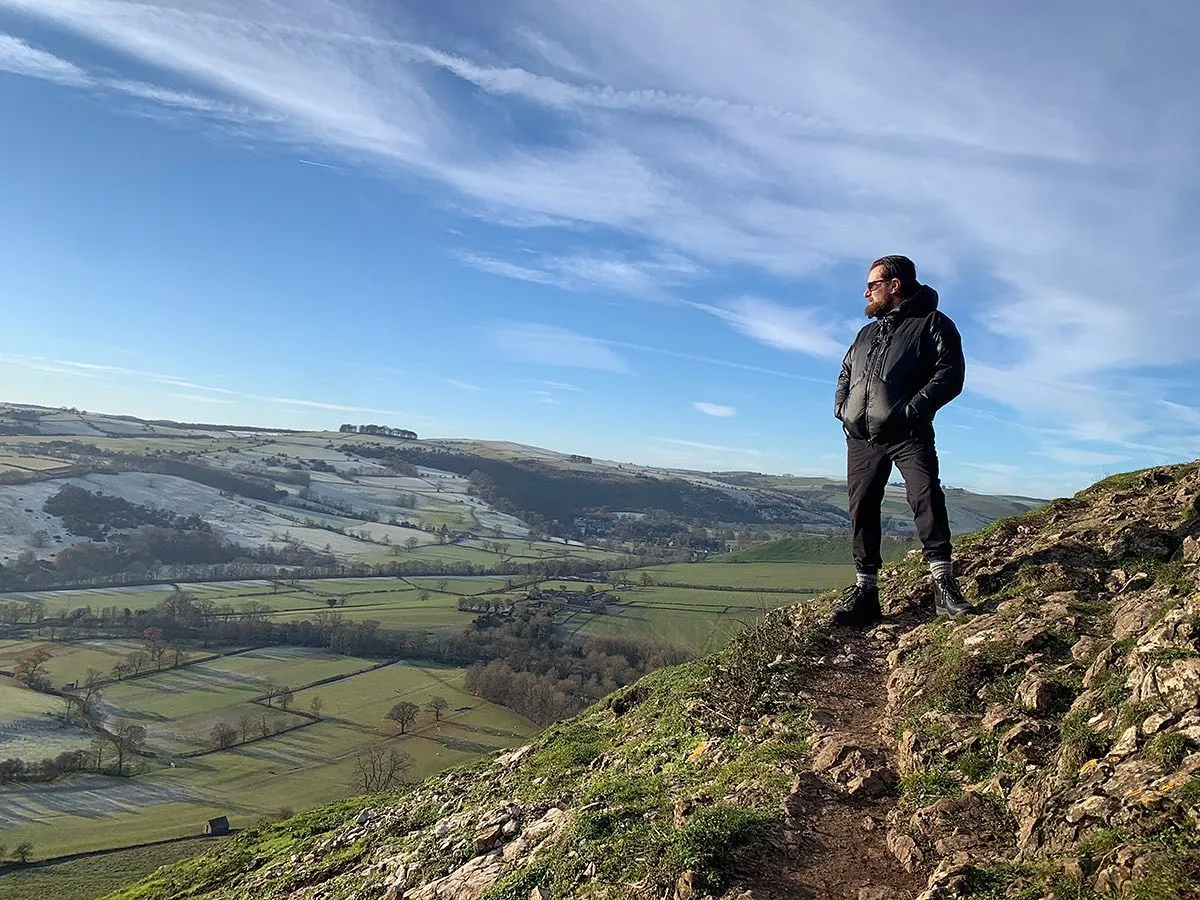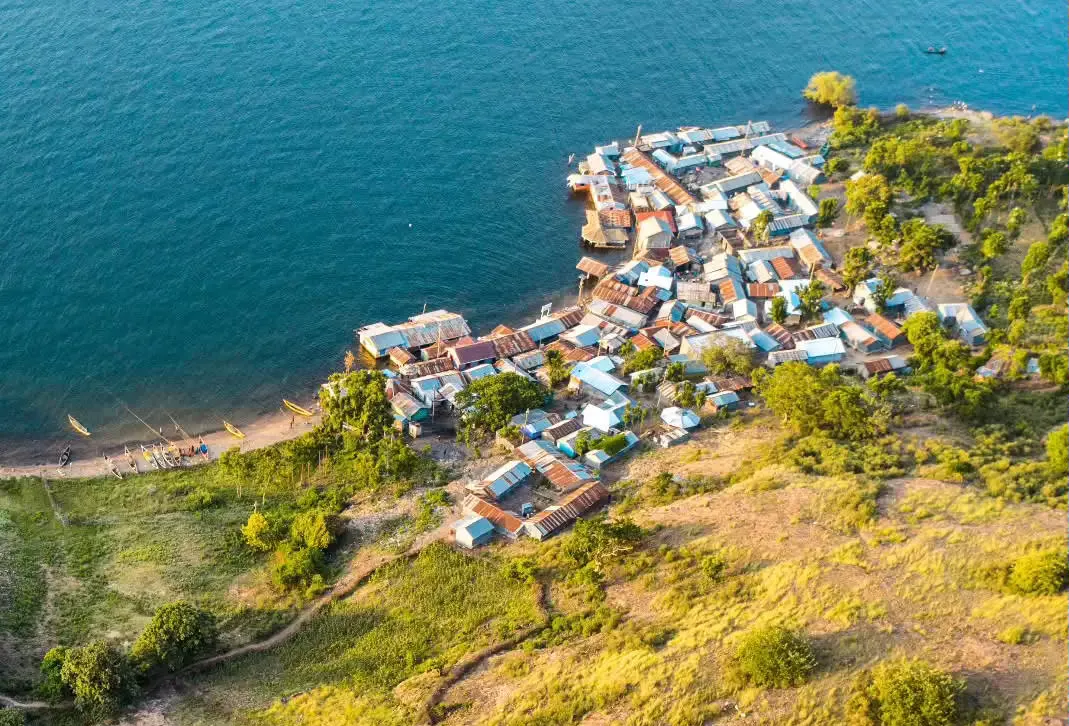
Aruba Dam is a man-made reservoir and a crucial congregation point for wildlife within Tsavo East National Park in Kenya. The fame of the dam stems from its remarkable ability to attract a high density and wide variety of animals, particularly during dry seasons, establishing it as a top destination for game viewing.
History and Significance of Aruba Dam
Aruba Dam is not a natural geological feature but was constructed in 1952 across the Voi River. Its purpose was to create a permanent water source for the diverse wildlife in the arid environment of Tsavo East, thereby bolstering biodiversity and improving wildlife viewing opportunities.
The greater Tsavo region is steeped in cultural narratives involving its wildlife and historical human-environment interactions. The dam quickly became a key landmark, influencing animal movements and serving as a focal point for early safaris and conservation initiatives within the park.
Aruba Dam Location and Access Guide
Parent Destination: Located within Tsavo East National Park, Kenya.
Specific Location/Address: Found in the southern part of Tsavo East National Park, on the Voi River, less than an hour's drive from the Mombasa-Nairobi highway and railway. Some sources state it is on the north bank of the seasonal Voi River.
GPS Coordinates: The specific coordinates can vary but it is generally located east of the Voi gate.
How to Access: Aruba Dam is easily accessible via the main roads within Tsavo East National Park, from popular entry gates like Voi Gate. A 4x4 vehicle is recommended, especially in the dry season when roads can be dusty and rough, though the immediate area around the dam is flat and navigable.
Proximity to Key Landmarks and Towns near Aruba Dam:
- It is located east of the Voi Gate.
- Ashnil Aruba Lodge is situated near the dam.
- The closest major town is Voi.
Your Aruba Dam Wildlife Experience
A visit to Aruba Dam offers a quintessential Tsavo safari experience, characterized by exceptional wildlife viewing. The area around the dam is generally flat and open, providing good visibility. Game drives are the primary way to experience the dam, with visitors typically observing wildlife from their vehicles along the tracks near the water.
You can expect to see large herds of elephants, often seen drinking and bathing, Cape buffalo, zebras, giraffes, and various antelope species. Predators such as lions, and occasionally leopards and cheetahs, are also drawn to the area due to the concentration of prey.
The dam is also a haven for birdwatchers, with numerous water birds and raptors. Activities are centered on wildlife photography and observation. Short walks are generally not permitted due to the presence of wildlife.
Unique Aruba Dam Facts and Features
- Prime Wildlife Hotspot: The dam is a critical year-round water source, attracting a high concentration of animals, especially during the dry season.
- Historical Construction: Built in 1952 by park authorities to manage the seasonal Voi River and support wildlife. Some sources mention it was constructed during the colonial era.
- Birdwatcher's Paradise: Home to a wide array of resident and migratory bird species, with over 170-200 species recorded around the dam.
- Photogenic Scenery: Offers beautiful tranquil settings, especially at sunrise and sunset.
- Predator Presence: The abundance of prey attracts predators like lions, making it a good spot for sightings.
- Sizeable Reservoir: The dam created an 85-hectare artificial reservoir.
Best Time to Visit Aruba Dam
Time of day: The optimal times for wildlife viewing are early morning and late afternoon when animals are most active and the temperatures are cooler. These times also offer the best light for photography.
Seasonality: The dry season, from June to October and January to February, is considered ideal. During this period, water sources elsewhere in the park diminish, causing more animals to congregate around the dam. The vegetation is also less dense, improving visibility. The wet season (November to May) is best for birdwatching as migratory species arrive and the landscape is lush and green.
Aruba Dam Visitor Information
Opening Hours: Park operating hours are typically during daylight, from around 6:00 AM to 6:00 PM. It is advisable to arrive early.
Entry Fees: Access to Aruba Dam is included in the Tsavo East National Park entrance fees. For non-residents, adult fees are typically around $52 per day and children $35 per day, though these can change. Kenyan citizen and East African resident rates are lower. Fees are usually payable via Ecitizen.
Time Needed: Plan for at least 1-2 hours for game viewing, though more time can be spent if there is significant wildlife activity.
Guided Tours Available: While there are no specific "Aruba Dam guides," most safari guides operating in Tsavo East will include the dam in their itineraries. Guided tours offer insights into the area's history, geology, and wildlife.
Facilities Near Aruba Dam
Toilets: Restrooms are available at key locations like the Voi Gate and visitor centers.
Souvenir Shops/Information Center: Available at Voi Visitor Center and some lodges.
Picnic Spots: There are designated picnic areas near popular wildlife viewing spots in Tsavo East, like Lugard Falls and Mudanda Rock. Some viewing platforms and picnic spots are also available around Aruba Dam. Ashnil Aruba Lodge, located nearby, offers more comprehensive facilities.
Aruba Dam Photography Tips
Best Vantage Points: Along the tracks near the dam and from designated viewing platforms.
Recommended Lenses/Gear: A telephoto lens (e.g., 200-400mm or 200-500mm) is crucial for wildlife. A wide-angle lens can be useful for landscape shots, especially at sunrise or sunset. Binoculars are also highly recommended.
Time of Day for Best Light: Early morning and late afternoon (golden hours) provide soft, warm light and dramatic shadows.
Aruba Dam Safety and Accessibility
Safety Precautions:
- Always remain in your vehicle during game drives, unless at designated safe areas.
- Do not walk alone; only walk when accompanied by a guide or ranger in permitted zones.
- Maintain a safe distance from wildlife and do not feed them.
- Be prepared for changing weather conditions. Carry water, sunscreen, and a first-aid kit.
- Avoid using flash photography, which can startle animals.
Accessibility for People with Mobility Issues: As wildlife viewing at Aruba Dam is primarily vehicle-based, it is highly accessible for individuals with mobility challenges. The area around the dam is generally flat.
Aruba Dam Conservation and Respectful Tourism
Specific Rules:
- Stay on marked roads; no off-road driving.
- No littering; pack out all trash.
- Do not disturb wildlife with loud noises or sudden movements.
- Drone usage is typically restricted.
How Visitors Can Help Preserve It:
- Adhere to all park regulations.
- Support reputable tour operators practicing ethical tourism.
- Consider contributing to conservation efforts in the Tsavo ecosystem.
- Educate yourself and others on the importance of conservation.
Location
Check Out Tsavo East National Park Attractions
Discover more attractions and activities in Tsavo East National Park
Visit DestinationBook a Trip to Aruba Dam
Include Aruba Dam in your personalized Kenya safari itinerary and create unforgettable memories.
Plan My SafariMore Attractions

Chania Falls (Aberdares)
Serene waterfalls cascading over rocky l...

Central Tower (Hell's Gate NP)
Impressive rock tower offering climbing...

Ol Njorowa Gorge (Hell's Gate NP)
Dramatic gorge carved by ancient water f...

Ngare Ndare Forest
Thrilling canopy walk and pristine blue...

Buyangu Hill (Kakamega Forest)
Panoramic viewpoint in Kakamega Rainfore...

Takawiri Island
Pristine white sand beaches on Lake Vict...